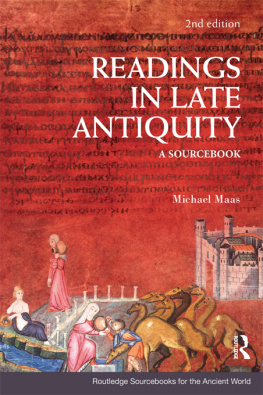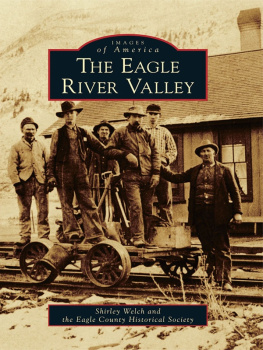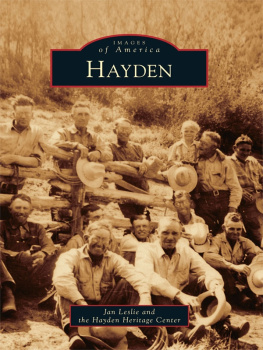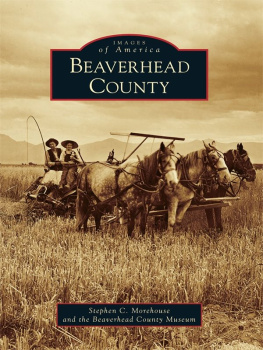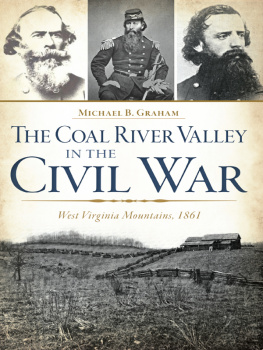This book has been created with the help and encouragement from so many people in the community and my family. Members of the Historical Society of Stanton County provided many of the photographs, in addition to the pictures used from the Pilger Historical Museum and the Stanton Historical Museum archives.
A sincere thank-you goes to those who shared their private collections for the book. Laura Forker, editor and publisher of the Stanton Register , gave unlimited access to her newspaper archives, equipment and expertise to help make this project a success. A majority of the photographs for Pilgers history were taken from the private collection belonging to Marian Klima and the towns history researched by Roland Jensen. Marci Poeschl, Art Catlin, Larry Belz, Milford and Gloria Koch, Richard Kuehn, Inez Barth, and Mason Moritz were instrumental in providing help with the research and many of the photographs for Stantons history. Carol Armbruster, head librarian at the Stanton Public Library, opened those stored records for my research.
I want to express my deepest gratitude to Ted Gerstle, editor, and John Pearson, publisher, at Arcadia Publishing, who provided their time, their encouragement, and their patience to make this project the best it could be.
All these people and many others shared their knowledge and records of history so they could be made available in a snapshot journey through Nebraskas Stanton County.
INTRODUCTION
Stanton County, located in northeast Nebraska, was first known as Izard County. It was named in honor of Mark W. Izard, the territorial governor from 1855 to 1857. After a change in boundary definitions in 1862, the county name changed too. It became Stanton County to honor Edwin M. Stanton, the American secretary of war who served under Abraham Lincoln from 1862 to 1867.
Stanton and Pilger are the two incorporated communities located in the county. Stanton was platted by S. L. Holman in 1871. One attribution to the origin of the citys name was to Holman, who named Stanton in honor of his wifes family name. In another version, the town was also named after Edwin M. Stanton. The City of Stanton is the county seat of Stanton County and incorporated in 1881. Pilger, located in Humbug Precinct, incorporated in June 1887. Pilger received its name from John Peter Pilger, who owned the land upon which the town was platted. In 1932, the precincts name, Humbug, was dropped, and the precincts name became Pilger.
On the western edge of the county, near the city of Norfolk, is a residential subdivision called Woodland Park. The community has an elementary school, affiliated with the Norfolk Public School district, and a convenience store, but it is in close proximity to Norfolk for most other shopping and services.
The first settlers, Charles and Mitchell Sharp, arrived in the summer of 1865 to stake their claims on land along Humbug Creek. The Sharps immediately returned to Omaha. On the way back, they met Jacob Hoffman and Francis Scott, who traveled north with their families and possessions. The Hoffmans and Scotts built their cabins, the first buildings erected in the county, near the Humbug Creek.
Although Stanton County is one of the smaller counties in Nebraska, having 428 square miles, much of it is located in the beautiful Elkhorn River valley. When settlers came to the valley, they found herds of antelope, buffalo, deer, and elk, which grazed on lush prairie grasses and along the river. The river and creeks teemed with channel catfish, perch, bass, and bullheads, which gave a welcomed variety to sparse diets. The abundance of wild game included prairie chickens, quail, grouse, wild duck, and geese, which all provided food for trappers, hunters, and early pioneers. Raccoon, otter, beaver, muskrat, and mink fed along the river. Coyotes and wolves had dens in the bluffs and hills.
Before the white settlers came to the region, Pawnee Indians lived and hunted along the Elkhorn River. As the settlers pushed the tribes out of their territories, the Pawnee had to fight rival tribes of Omaha, Sioux, and Ponca Indians for the hunting and food supply in the Elkhorn Valley. Archaeological research has found evidence of a Native American battleground along the river banks east of Stanton. In 1854, the Kansas-Nebraska Act opened the territory, of what is now Nebraska, to homesteaders who could claim a quarter section of free land with a $10 filing fee. Those with capital could opt for the outright cash purchase of land.
The people who decided to put down their roots and establish farms, towns, schools, and churches came from many ethnic backgrounds. Germans settled the Pilger area along the Humbug Creek and in the Union Creek area south of Stanton. Bohemians populated the southern area of the county near Haymow Precinct, spreading further south into Colfax County. Swedes, Danes, and Norwegians sprinkled throughout the county with a concentration of Swedes in the Bega settlement north of Stanton.
They came by wagon and oxen. They came on foot and horseback. Some came with little more than the dream of a new life and success on the virgin prairie.
Stanton County is an agricultural and a major livestock feeding area. Pasture land and feed lots hold dairy and beef cattle. Confinement units contain swine operations in several locations in the county. Corn and feed grains are grown for cattle and hog production and soybeans are grown for a cash crop. Green Fiber recycling plant is located in the western part of the county. Nucor Steel mill is a major industry established in Stanton County since 1970.
Industrious entrepreneurs have lived and built businesses since the first settlers arrived. They invested their time, energy, capital, and vision unsparingly. They built mills, brick factories, shops, and stores to fulfill the needs of the developing communities. They built churches, schools, roads, railroads, elevators, and bridges with their labor and sacrifice. They faced prairie fires, grasshopper plagues, floods, tornadoes, drought, and crop failures with the determination to persevere. They shared with their neighbors and children their love of the soil and their connection to the community and pledged allegiance to their country. Their pioneer quest and courage is a proud legacy for future generations to build upon, and they set the bar high to make all descendents reach up, reach out, and pass it on.


